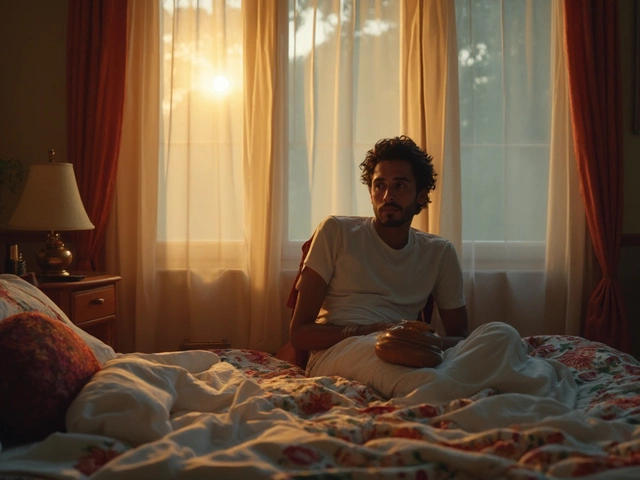Telehealth Prescriptions: Safe and Simple Guide for India
Getting a prescription without leaving home feels like a superpower, especially when you’re stuck on a couch with flu symptoms. Telehealth lets you talk to a qualified doctor over video or chat, and the doctor can send a digital prescription straight to your pharmacy. It’s fast, convenient, and now backed by Indian telemedicine guidelines.
How the Process Works
First, pick a reputable telemedicine platform that partners with registered doctors. You’ll need to share your medical history, current meds, and any allergies. The doctor asks questions just like a clinic visit, then decides if an e‑prescription is appropriate. If approved, the prescription appears as a secure PDF or a QR code that the pharmacy can scan. Most pharmacies accept the code instantly, so you can pick up the medicine the same day.
Safety Tips to Avoid Toxic Medications
Because you can’t see the doctor in person, double‑check a few things before you trust the script. Make sure the doctor’s name, registration number and clinic address are displayed on the screen. Ask why they chose a particular drug and whether there are safer alternatives. If the medicine is known for side effects, such as certain painkillers or weight‑loss injections, ask about dosage, monitoring and possible interactions with other meds you take.
Keep a copy of the e‑prescription on your phone and print a paper version. Some pharmacies ask for a photo ID, so have your Aadhaar or passport handy. If the prescription looks suspicious – for example, a high‑dose steroid for a minor cough – pause and get a second opinion, either through another telehealth service or a local clinic.
Indian regulations require telehealth doctors to follow the Telemedicine Practice Guidelines 2020. This means they must not prescribe Schedule X drugs (like certain antibiotics or controlled substances) unless you have a prior in‑person consultation. If a platform offers these drugs without proper checks, it’s a red flag.
When you receive the medication, read the label carefully. Look for batch numbers, expiry dates and manufacturer details. If the drug feels different – unexpected taste, unusual smell, or odd packaging – contact the pharmacy and the prescribing doctor right away. Toxic medicine can cause serious problems, and early detection saves health and money.
Saving money is a big reason people turn to telehealth, but don’t let low cost lure you into unsafe choices. Compare prices across reputable pharmacies and check if the medicine is a generic version approved by the CDSCO. Generic drugs are usually safe and cheaper, but fake copies still circulate online.
Finally, keep a medication diary. Note when you start each drug, the dose, any side effects, and how you feel after a few days. This record helps the doctor adjust treatment in future video calls and catches any hidden toxicity early.
Telehealth prescriptions can be a game‑changer when you follow these simple steps: choose a trusted platform, verify the doctor, understand why the drug is prescribed, and watch for warning signs. With a little care, you get the convenience of online care without compromising safety.

What Medications Can Online Doctors Prescribe?
As telehealth becomes mainstream, more folks are turning to online doctors for convenience. But what can these virtual docs actually prescribe? We'll explore the types of medications you can expect, from antibiotics to mental health treatments, and the limits online prescribers face. You'll discover tips on how to make the most of your digital medical consultation.

Most Painful Bone to Break: Beyond the Obvious
Feb, 7 2025

Why Medical Tourism Sparks Heated Debates
Feb, 14 2025


